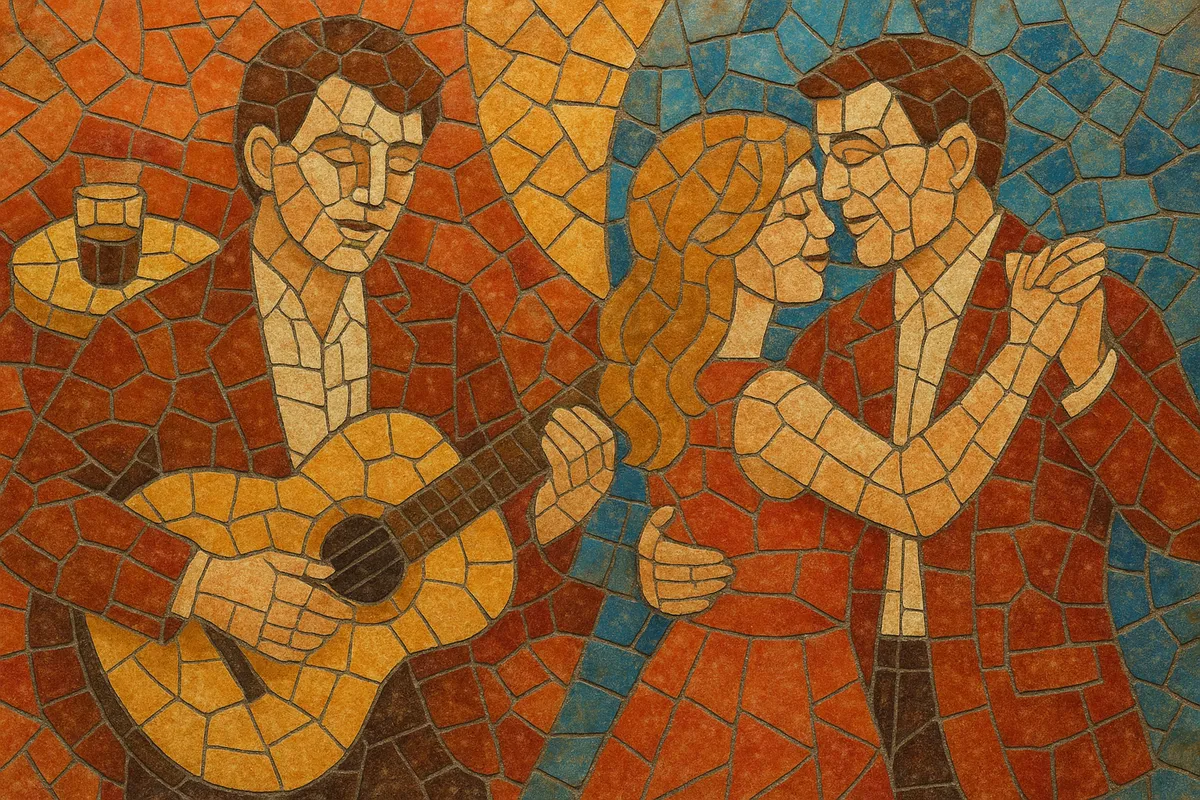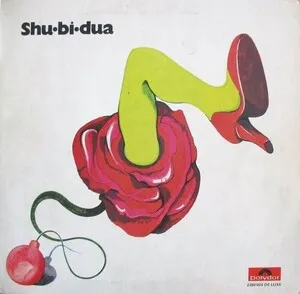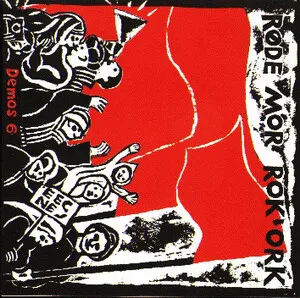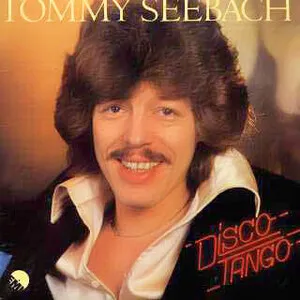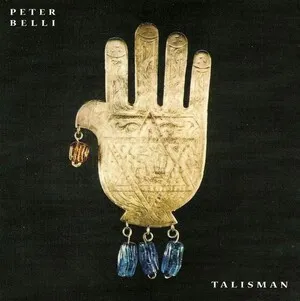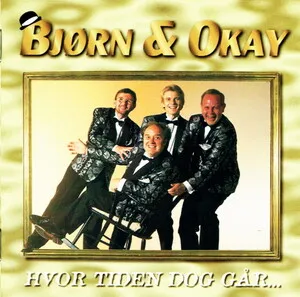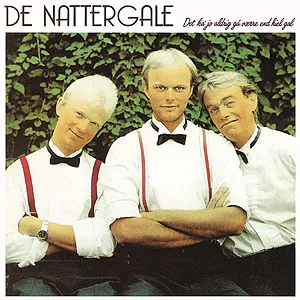Dansktop is a Danish-language, radio- and chart-oriented style of popular music whose name derives from the DR chart show "Dansktoppen." Emerging in the late 1960s, it blends the melodic directness of continental schlager with the approachable warmth of country-pop and easy listening.
Songs are mid-tempo, dance-friendly (foxtrot in 4/4 or waltz in 3/4), and built around simple, memorable hooks, sing-along choruses, and diatonic melodies in major keys. Arrangements typically feature lead vocals with clear diction, acoustic/electric guitars, keyboards or organ/accordion, bass, and drums, often embellished with pedal steel, light brass, or strings. Lyrics focus on everyday life, romance, humor, and community, conveyed in plain Danish. The style has been a staple of local dance halls, festivals, and provincial radio, remaining a beloved—if sometimes critically unfashionable—cornerstone of Danish popular culture.
Dansktop coalesced in Denmark in the late 1960s as domestic audiences embraced melodic, Danish-language pop. The launch of DR’s "Dansktoppen" chart show helped codify the sound: catchy, accessible songs suitable for radio, family listening, and social dancing. Influences included Germanic/Scandinavian schlager, American/British pop, and a gentle strain of country instrumentation.
Through the 1970s, Dansktop became a dominant popular form. Artists scored nationwide hits by pairing uncomplicated I–IV–V harmonies with friendly narratives about everyday life and love. While rock critics often dismissed it as conservative, the style’s mass appeal made it ubiquitous at community events, televised specials, and dance venues.
The core formula persisted while production modernized—adding polished studio techniques, synthesizers, and tighter rhythm sections. TV and radio chart programs experienced pauses and revivals, but the audience remained loyal. Bands associated with live dance culture (often overlapping with Danish "dansband" traditions) revitalized the circuit, keeping the genre’s social-dance function central.
Contemporary acts continue to refresh the sound with brighter mixes and contemporary pop touches while preserving Danish lyrics, uncluttered songwriting, and sing-along hooks. Regular radio slots, nostalgia events, and local festivals sustain the scene, and the genre endures as a marker of Danish identity and communal leisure.
Dansktop has outlasted trends by foregrounding inclusivity, clarity, and danceability. It remains both a nostalgic touchstone and a living, locally meaningful style that bridges generations.
Aim for a friendly, danceable mid-tempo: foxtrot-style 4/4 around 90–120 BPM or a gentle waltz in 3/4. Use a clear verse–pre-chorus–chorus structure with a memorable hook. A classic move is a late key change (often up a semitone) for the final chorus.
Rely on diatonic harmony in major keys (I–IV–V, with occasional ii, vi, and secondary dominants). Keep melodies singable, largely stepwise, and within a moderate vocal range. Prioritize a strong, repeatable chorus line that audiences can learn on first listen.
Write in plain, conversational Danish about everyday themes: love, family, home, humor, and community. Favor positive or gently nostalgic perspectives. Enunciate clearly, and consider brief spoken asides or call-and-response moments to encourage audience participation.
Use lead vocal, acoustic/electric guitars, keyboards or organ/accordion, electric bass, and a straightforward drum kit. Add tasteful colors—pedal steel, light brass, fiddle, or strings—for warmth. Employ backing vocals in tight unison or simple thirds for choruses. Keep mixes bright with vocals forward and rhythm steady; avoid heavy distortion or dense textures.
Emphasize clarity and warmth over spectacle. Arrange parts to leave space for the lead vocal and hook. Use tambourine or handclaps subtly to reinforce backbeats or waltz pulses. A short bridge or middle eight can contrast before the final, possibly modulated, chorus.

